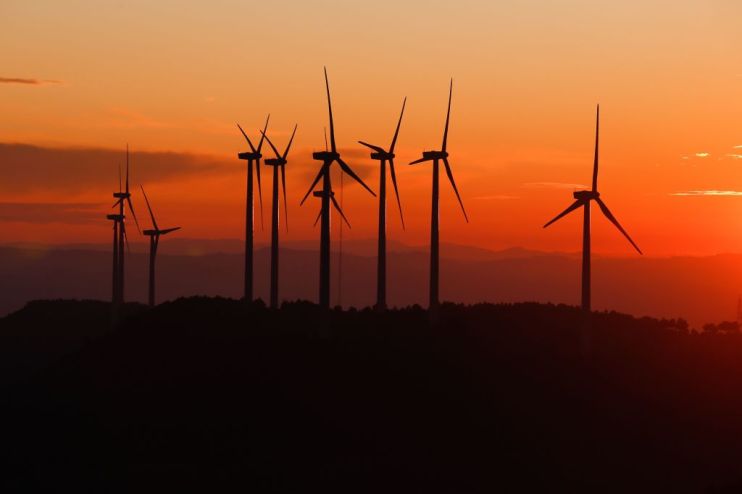UK sets new record for longest period without coal-powered electricity

The UK has this morning set a new record for the longest period without using electricity generated from coal since pre-industrial times.
As of midday, the country has been without coal power for 18 days and 12 hours, the longest period since the Industrial Revolution.
The previous record was set on 4 June last year, but has been surpassed through the combination of lower demand due to coronavirus and a long streak of sunny weather.
Record levels of solar generation pushed the country to the milestone, with more than one terawatt hour of such power put on the grid since 10 April.
Last week solar power generation covered 11 per cent of UK power demand, with a new peak of 9.68 gigawatts production hit on 20 April.
The chief executive of the Solar Trade Association, Chris Hewett, said: Solar is playing a critical role in delivering a fossil-free grid and cleaner, cheaper power to Britain.
“As we look towards a net zero future, solar will become an increasingly greater part of the energy mix, tackling high power prices, climate change, and biodiversity loss.”
According to the National Grid, the UK’s electricity demand has dropped by nearly a fifth due to the coronavirus lockdown, which has seen businesses, shops and schools shuttered.
Earlier this year the government brought forward the date for the complete phase-out of coal-powered electricity in the UK by a year to 2024.
Dr Jonathan Marshall, Head of Analysis at the Energy and Climate Intelligence Unit (ECIU) said:
“Today’s record coal-free run is another remarkable milestone in the decline of coal power in the UK, and it won’t be the last.
“But underneath the latest record lies a bigger story, that the operation of national energy systems with dwindling supplies from fossil fuels is rapidly becoming the norm.
Analysts have suggested that the coronavirus crisis will accelerate the energy transition, as systems with renewables contributing most of power output offers valuable practice in managing the grid of the future”.